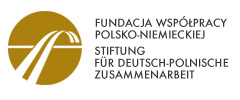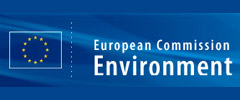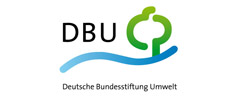One year after Budapest - the European Environment and Health Committee met
New WHO study shows Children are more susceptible to Air Pollution
16.06.2005 |Annemarie Mohr
WECF represents as European Eco-Forum the Environmental NGOs in the EEHC.
The meeting at the European Environment Agency in Copenhagen consisted of 2 parts;
- Taking stock of Progress since Budapest
- Reviewing the lates developments on Science and Policies on Air Pollution and Children
To download the report on the two parts of the meeting, click on the blue headings below.
PART II: CEHAPE Regional Priority Goal 3: indoor and outdoor air pollution; review of scientific evidence and measures taken by member states
Children are more susceptible to air pollution than adults!
The reason is:
- Children are like small animals, they breath really fast, thus per kg or bodyweight they take in more pollution
- Children are nearer to exhaust pipes because smaller
- Children have higher levels of physical activity
- Deposition of particles in small children is much higher in the conducting airways, because childrenís lungs are different, when exposed to very small particles this has a different effect
- Asthma
- Lung Disease
- Genetic plymorphisms (lack of detoxifying enzymes, lack of glutofiers)
- Children born into poverty are more exposed indoors than outdoors
- Low Birth-weight
Effects are life-long!
To obtain a copy of the new WHO study see http://www.euro.who.int/eprise/main/who/progs/aiq/home
Part I EEHC Meeting, key points
Communication Plan for the EEHC
The WHO press officers Vivienne Taylor Gee and Cristina Salvi presented the draft communication plan for the EEHC.
The key elements are:
- involving more journalists in following the progress of the Budapest conference. They reported on the press coverage of the Budapest conference which laed to 220 articles on Budapest, and 500 articles over the year 2004 thanks to 21 press releases, the website and 12 press conferences.
Was it among others thanks to the Budapest Effect that in the Euro-Barometer of November 2004, 85% of European Citizenís answered that environmental policy was AS IMPORTANT as economic policy? And that the number of reponsdants increased on the question if we should care fo the state of the environment which our children will inherit (from 14 t0 17%).
Another spicy result of the EuroBarometer is that when asked who they trusted, the respondents said they trusted most:
- NGOs (42%)
- Scientists (32%)
- TV (27%)
- Governments (11%)
- tools proposed to member states by WHO secretariat:
- joint press releases and press conferences (the joint German Ministry for Environment and WHO press conference on air pollution was a success, helped turn the car industry to earlier date to provide diesel particle filters)
- website with the CEHAPE map, a map where each of the 52 member states are indicated, and for each member state information is available on the progress of implementing CEHAPE, including information on what is done by other sectors such as NGOs!!
- CEHAPE implementation booklet
- Email newsletter
- E&H bulletin (not being published since a few years because of lack of funds, could be re-launched, was much appreciated)

































